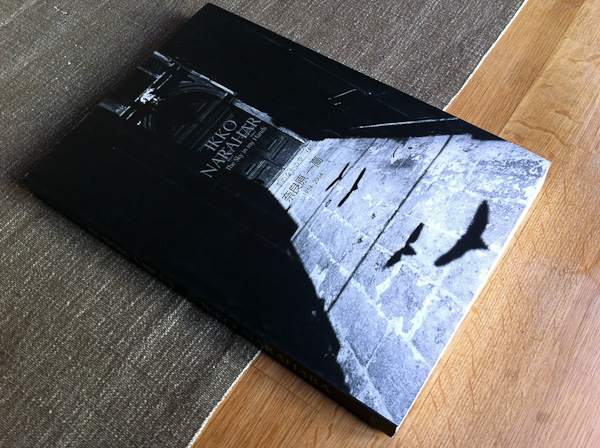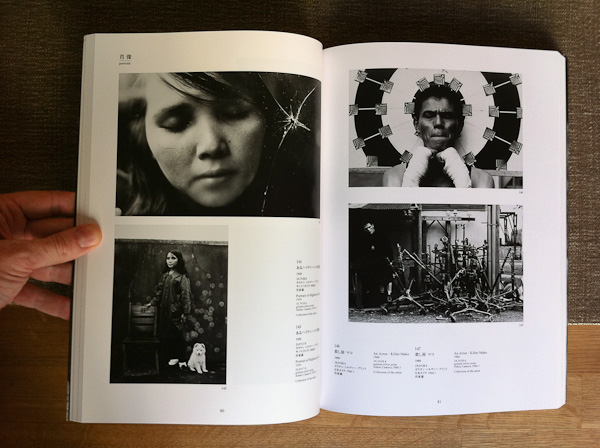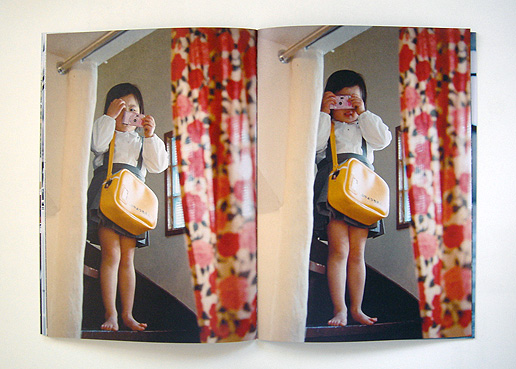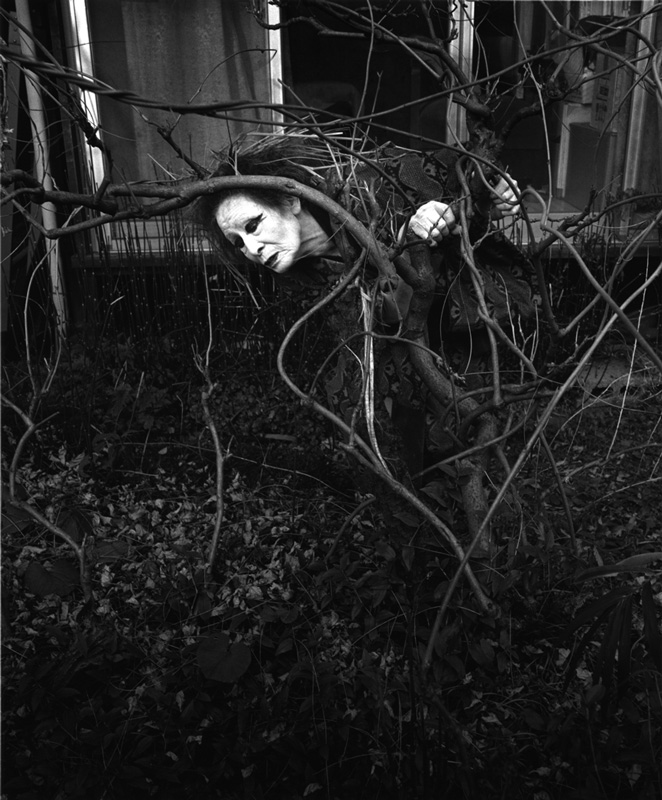 E and I recently won tickets to a concert by a Congolese band that I had never heard of, Staff Benda Bilili ('benda bilili' means beyond appearances). Apart from the incredible energy that these guys managed to generate despite 80% of the band being paraplegic and all of them living (or having lived) in the gardens of Kinshasa zoo, I was struck by one of the musicians, a teenage boy who somehow managed to extract some pretty amazing sounds out of an electrified tin can of his own conception. This got me thinking about the tinkerers in photography. It's no secret that photographers can be a little gear-obsessed (I think they even give musicians a run for the money in that department) and the explosion of digital and associated software has done nothing to temper that, but are also a few garden shed eccentrics out there who are doing it entirely for themselves.
E and I recently won tickets to a concert by a Congolese band that I had never heard of, Staff Benda Bilili ('benda bilili' means beyond appearances). Apart from the incredible energy that these guys managed to generate despite 80% of the band being paraplegic and all of them living (or having lived) in the gardens of Kinshasa zoo, I was struck by one of the musicians, a teenage boy who somehow managed to extract some pretty amazing sounds out of an electrified tin can of his own conception. This got me thinking about the tinkerers in photography. It's no secret that photographers can be a little gear-obsessed (I think they even give musicians a run for the money in that department) and the explosion of digital and associated software has done nothing to temper that, but are also a few garden shed eccentrics out there who are doing it entirely for themselves.

The most recognized example of this that I could think of is Miroslav Tichý. He was 'discovered' a few years ago, living in isolation in his hometown of Kyjov in the Czech Republic in a house full of self-made photographic paraphernalia of all kinds which he used to surreptitiously photograph the women of his town. Thanks to his seemingly endless supply of completely unique vintage prints (helped by the fact that he had trampled on most of them for several years, before mounting them on cardboard frames which he then decorated himself... any photo dealer's wet dream) he has become extremely hot property and he is now represented by several galleries in Europe alone. While I haven't been swept away by his outsider art, I was fascinated to see the cameras and lenses that Tichý has made and how they had contributed to forging his undeniably unique aesthetic.

In a completely different genre, another photographer who has explored the possibilities of the self-made is Ryuji Miyamoto, who I have written about before on the blog. After many years shooting with a large format camera, Miyamoto developed a desire to be able to climb inside the camera after shooting his series Cardboard Houses on the cardboard structures built by the homeless in different cities. He ended up making a small wooden hut which he transformed into a camera obscura and which he lines with two sheets of light-sensitive photo paper. Miyamoto gets in, lies down and exposes the paper to light. The result is an upside-down image of the world captured in deep blue tones where his silhouette appears at the bottom of the image. Miyamoto's pinhole images and his recent photograms suggest that he isn't exactly enamored by the infinite reproducibility of photography in the digital age.
These are just a couple of examples that came to mind—I would be curious to hear if there are others. Perhaps none of this matters and just as buying the latest top of the line camera will not get you good photographs, building your own is no guarantee of a personal vision. But I like to think that in the process of building the tool with which you are going to photograph the world, there is a small chance of stumbling upon something that we may not have seen before.








